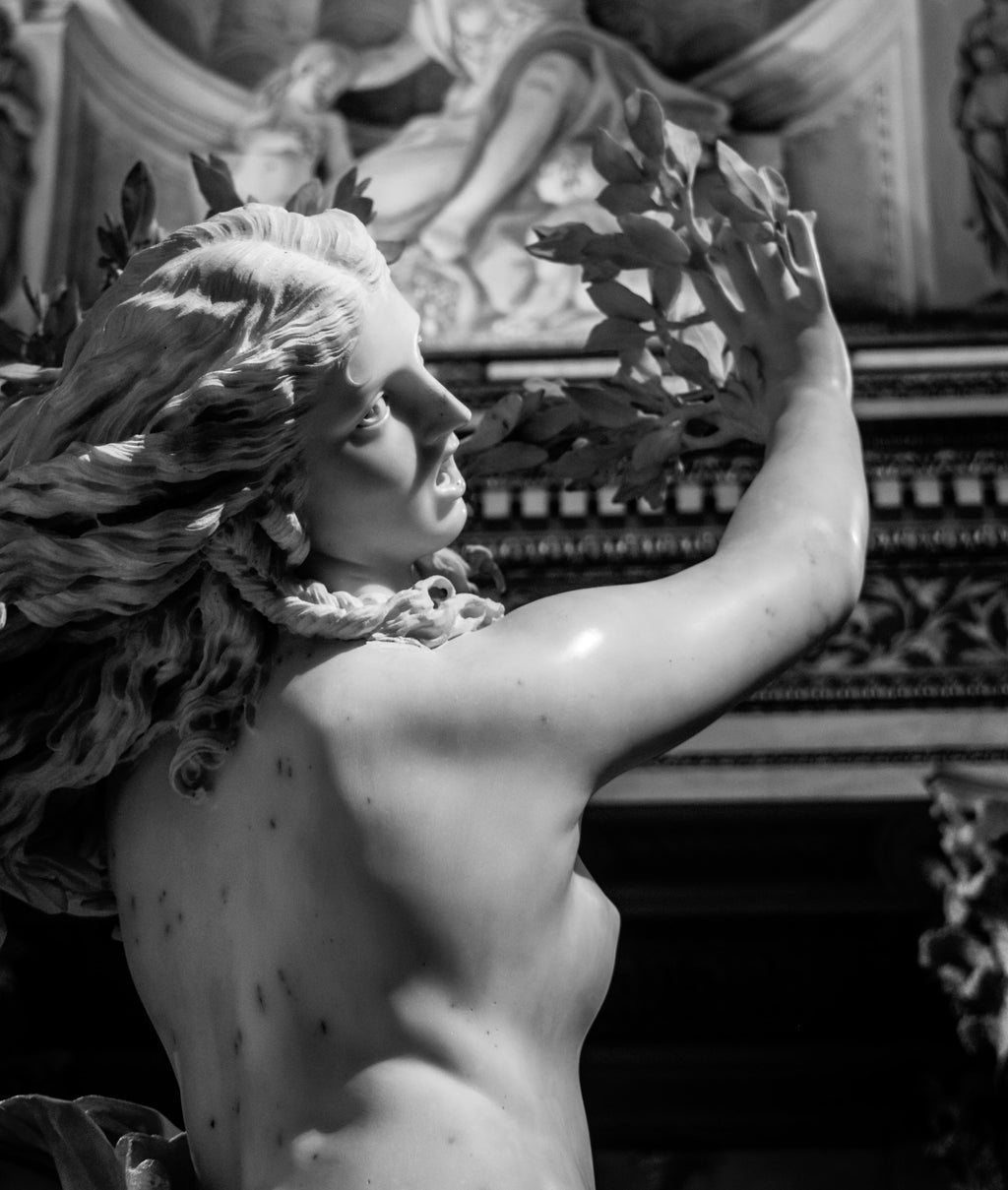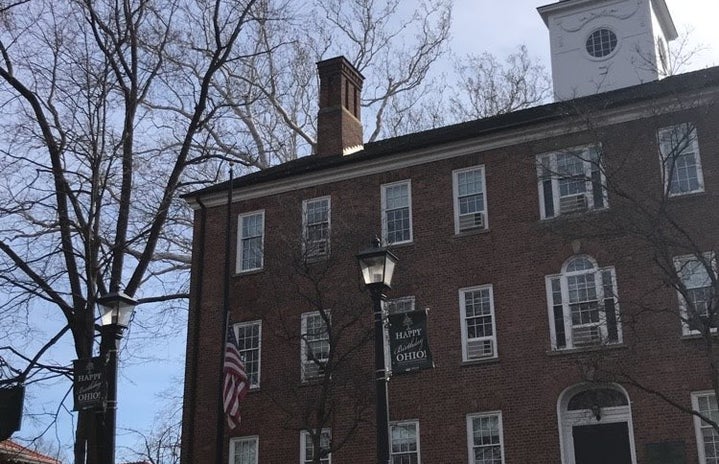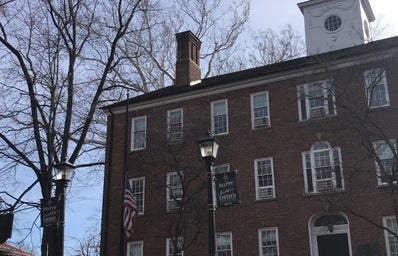Everybody loves a good art heist story, right? All of you who read Heist Society by Ally Carter when you were younger know exactly what I’m talking about. Well, that’s what we have lined up for this edition of “Love Letters to Boston.” The theft that took place at the Isabella Stewart Gardner Museum on March 18, 1990, was not only the largest art theft in the world, but it was actually the single largest property theft in the world, and the stolen artwork was valued at $500 million.
Isabella Stewart Gardner was an eccentric Bostonian art collector who founded the Isabella Stewart Gardner Museum (located in Fenway) after finding that her home in Boston’s Back Bay neighborhood was no longer large enough to house all of the art she had collected (goals).

The fourth floor of the museum held a residence that Gardner sometimes occupied. After she passed, the succeeding museum directors would typically occupy the space, until Anne Hawley became the fourth museum director in 1989 and the first to decide not to live in the museum.
Six months later, the Isabella Stewart Gardner Museum was robbed.
How did we get here? By the 1980s, the museum was struggling financially. They gave in to shelling out some money for security improvements after the FBI found that Boston criminals were planning a heist in 1982. After this, the security was certainly improved, but both an independent security consultant and the security director at the Museum of Fine Arts had some additional improvements to suggest after reviewing the museum’s security system in 1988. Because of the cost and the fact that Isabella Stewart Gardner wished to leave the museum as it was when she died, without significant renovations, the improvements never happened.
It was the night of, or rather the early morning after, St. Patrick’s Day in Boston. The first people to see the thieves were a few Bostonians leaving a St. Patty’s Day party nearby — the thieves were dressed as police officers, and the witnesses didn’t give their presence a second thought.
There were two security guards on duty the night of the theft — one who was a regular for the night shift and one guard who was serving his first one (pretty tough luck for your first night shift, not gonna lie). At 1:20 a.m., the thieves buzzed the guards and said they were responding to a call about a disturbance and needed to be let in.
While the guards hadn’t heard anything, Bostonians get into their fair share of nonsense on St. Patty’s Day, so they assumed someone had called the police about a straggler climbing the fence and let them in.
This protocol breach proved to be a grave mistake.
The thieves came in and asked for the other guard to be called down from patrolling the building. While they were waiting, the shorter thief said the guard looked familiar and that they should check his ID to be sure that they didn’t have a warrant out for his arrest. The guard stepped away from the desk to comply, leaving the only panic button that could call the actual police, and from there it was all downhill.
The shorter thief handcuffed the guard, and when the other arrived he was handcuffed as well. At this point, the thieves told the guards what they were doing, and led them to the basement, where they were tied up. The thieves managed to do all of this in a matter of 11 minutes.
The Dutch Room suffered the most significant losses in the heist. The thieves stole Rembrandt’s Christ in the Storm on the Sea of Galilee as well as his painting A Lady and Gentleman in Black. They also managed to get a Vermeer—The Concert—and a few pieces from other rooms, including five Degas drawings. If you have ever taken an undergraduate art history course or even just strolled through an art museum, these names should definitely indicate how absolutely crazy it is that the thieves made away with all that art. The thieves left by 2:45 a.m., and the art still hasn’t been seen to this day.
Art history experts struggled to understand why the thieves chose the art they did. Some of the works stolen were relatively low-valued, while they passed over paintings like Titian’s The Rape of Europa, which is one of the most valuable paintings not only in the museum but in all of the city.
Because Gardner wished for the museum to remain undisturbed after she died, the frames from the paintings that were stolen still hang, empty, in the places they belong around the museum.
The current reward for “information that leads directly to the recovery of all of [the] items in good condition” is $10 million. The investigation is ongoing and according to the museum, “the return of the Gardner’s works remains a top priority.”
With all of the history (and value) behind the stolen works, hopefully, one day they are recovered and restored to their places in the museum, where Isabella Stewart Gardner willed them to be.
Want to keep up with HCBU? Make sure to like us on Facebook, follow us on Instagram, check out our Pinterest board, and read our latest Tweets!




